

Back in March 2020, when the whole world was experiencing for the first time what a lockdown means, was also my first time when I felt that my travel blog was slowly turning into a place where I could easily free-write about what I feel seeing this madness going on that made me dream away to the day when everything would be over and me and my family could hit the road again without having a clear destination.
It was a rough moment when more than anytime people got to write about mostly the same thing - a 🤐 virus, who managed not only to break the world in two but also the population which was either respecting the rules and believe the virus exists, while the opposite half thought everything is just a joke and that no one has control on what they want to do.
Later on, most likely anybody got to have at least one known person got infected, and the things became more serious.
Almost one year passed since then, and not too many have changed. Of course, we found the vaccine but as our knowledge about this virus advanced, so COVID did, and most likely we will never get to live without it, or not anytime soon.
So as soon as the lockdown was over and the things got calmed for a bit, we managed to get back on doing what we loved the most - to explore our beautiful country.
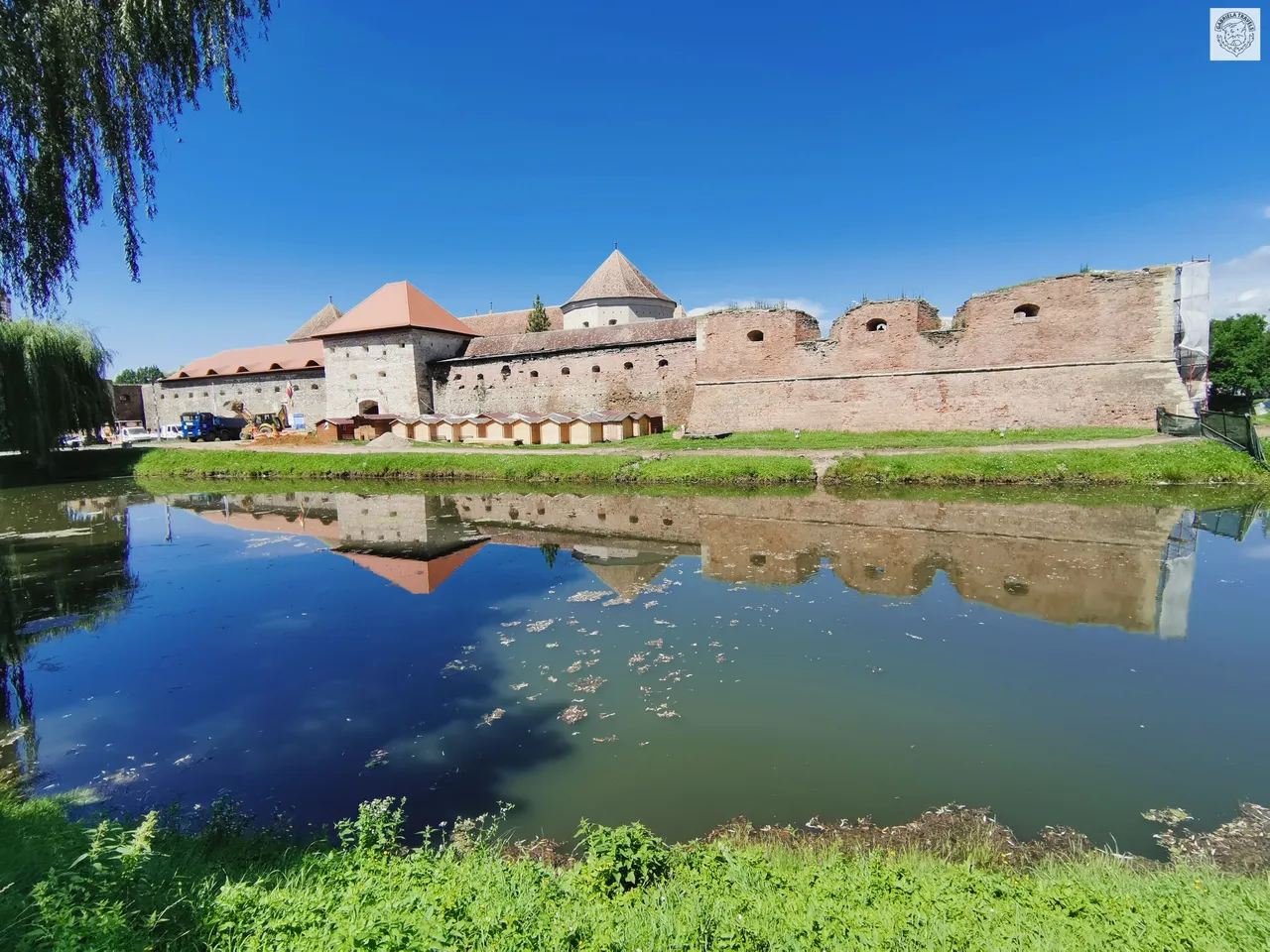
However, after such a long break staying just in the house without doing any sport or simply walk around the house, our training conquering the mountains had slowly become useless, so we decided to start with a small trip than what we were used with, and drive a few tens away from our city so we can explore Făgăraș Citadel.
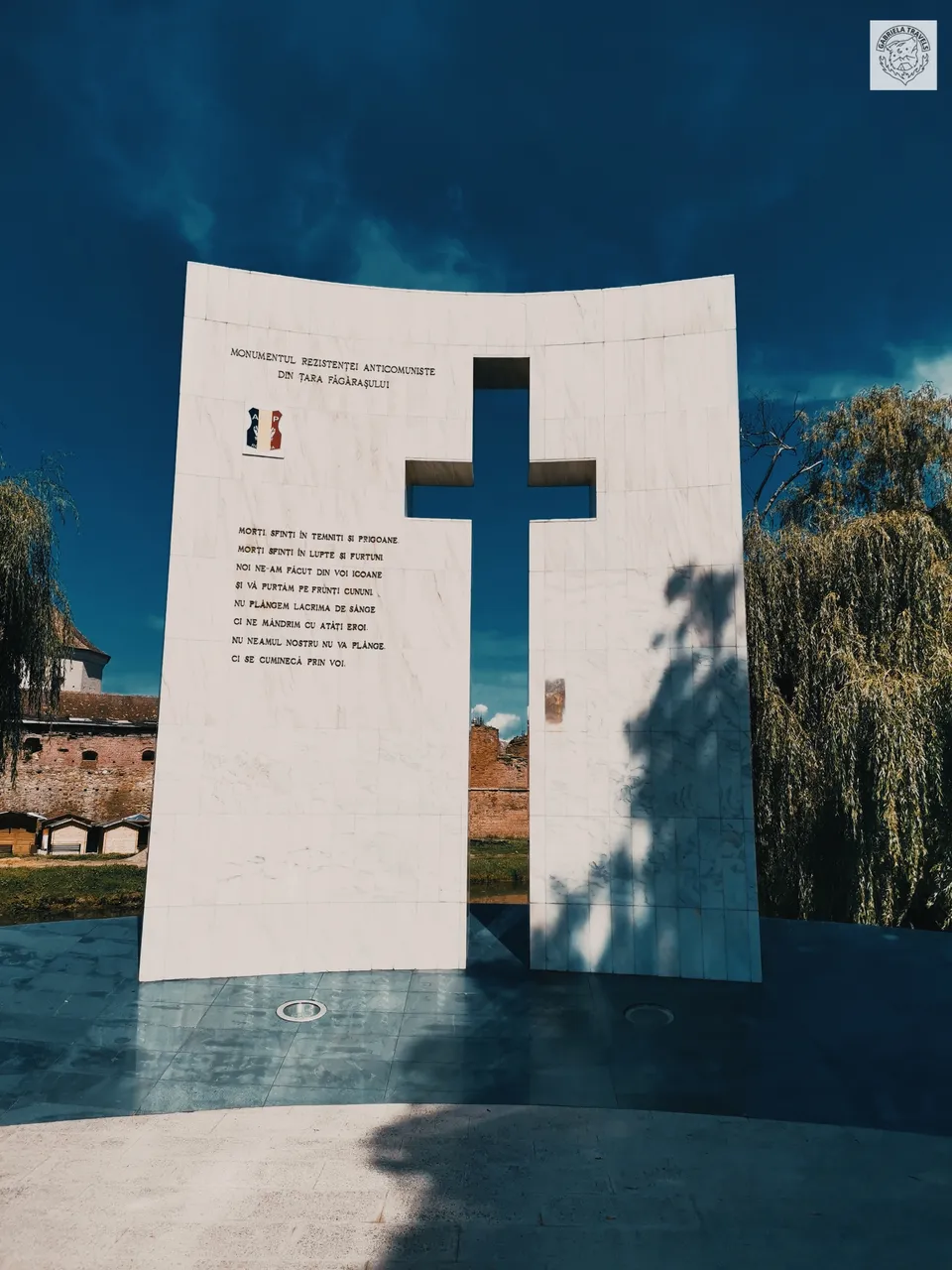 | 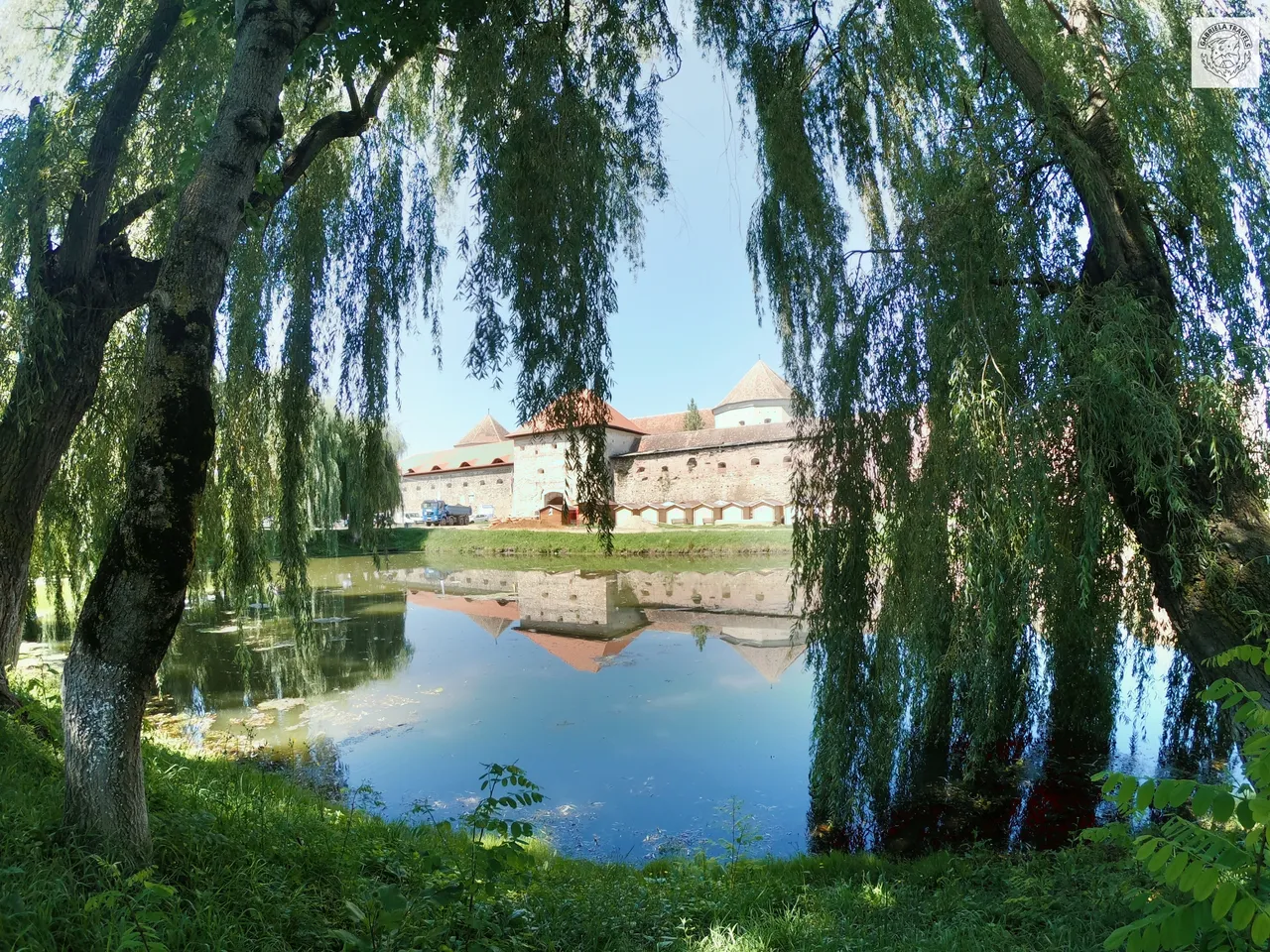 |
|---|
Thus, our journey came with both good and bad news:
- Bad news - since we were travelling in extra season, a big part of the citadel was under renovation and we weren't able to explore it to the fullest.
- Good news - we managed to take care of us because there weren't as many tourists as the citadel is used with and so we could avoid interracting with other tourists because the whole surface was perfectly arranged so the distance is being respected by anyone and we won't risk running into a place where too many guys could be found.
 |  |
|---|
But overall we can easily consider it a successful trip from where we returned with our hearts filled with excitement and fresh memories.
The construction of the fortress that nowadays represents one of the most important historic monuments from Transylvania, started in 1310 in the same place where a wooden fortification from the 12th century found her peace for a while.
An archaeological research states that the old construction was violently destroyed around the middle of the 13th century, presumably in connection with the Mongol invasion from 1241, but since the location was halfway between two important cities from Transylvania, Făgăraș Citadel provided a defensive position against possible attacks into the south-east side of Transylvania.
However the process of building up the fortress was interrupted by the change of the princes whom the citadel was becoming the property of, as well as some wars, so the fortress was entirely finished at the beginning of the 15th century.
In 1541, after not too long since the fortress was finished, the Ottomans attacked the citadel which ended up in the favour of the fortress because there was set up a trap to catch the leader of the Ottomans, who became a prisoner into another citadel from nearby where he also found his death 10 years later.
Along with the period when Mihai Viteazul occupied the citadel and offered it as a gift to his wife, a few more changes have been brought to the fortress, enlarging the groove which was surrounding the construction, making the main walls twice thicker and build up two more towers for a proper view over the surroundings and a powerful defence against the enemies.
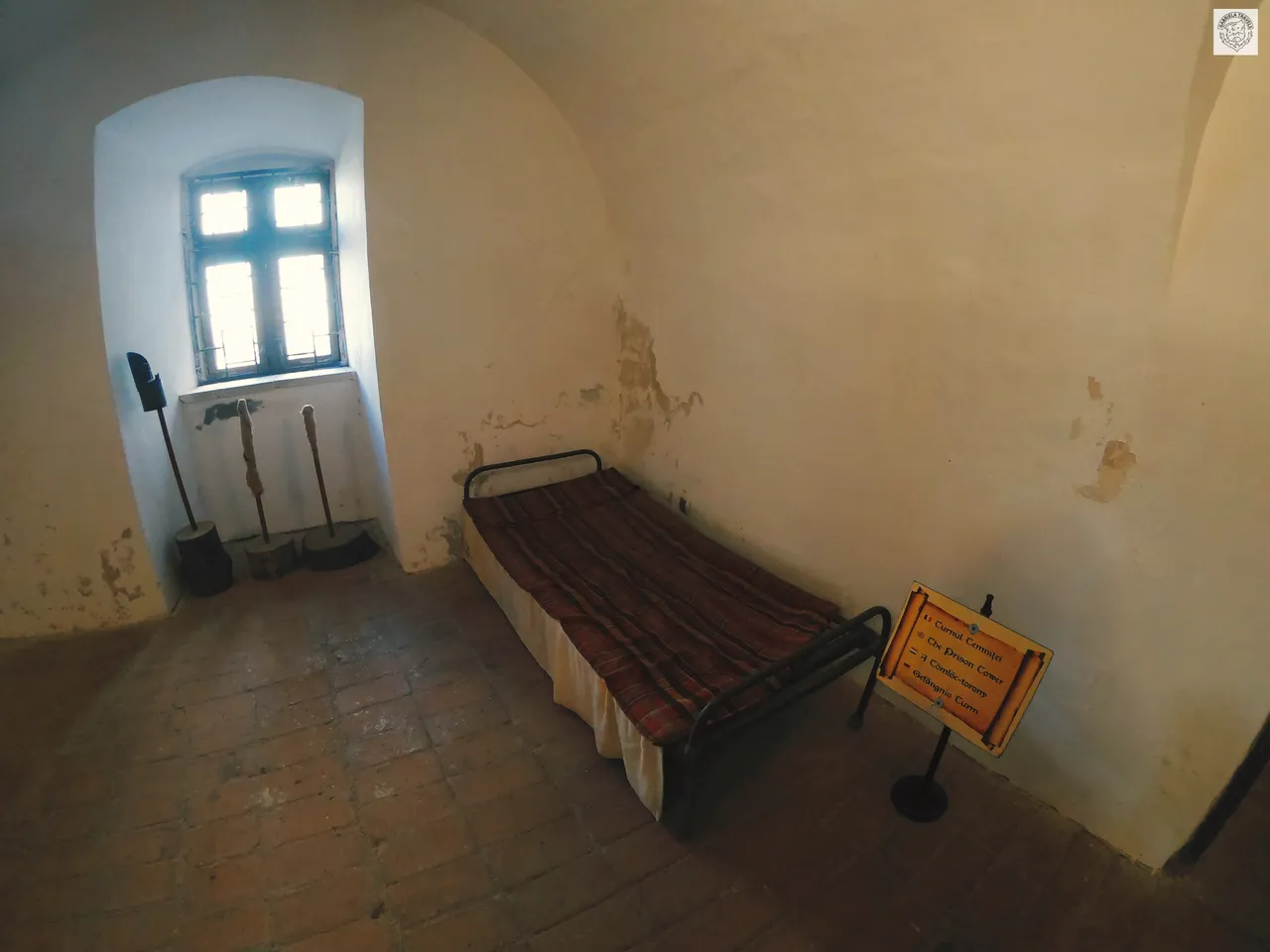 |  | 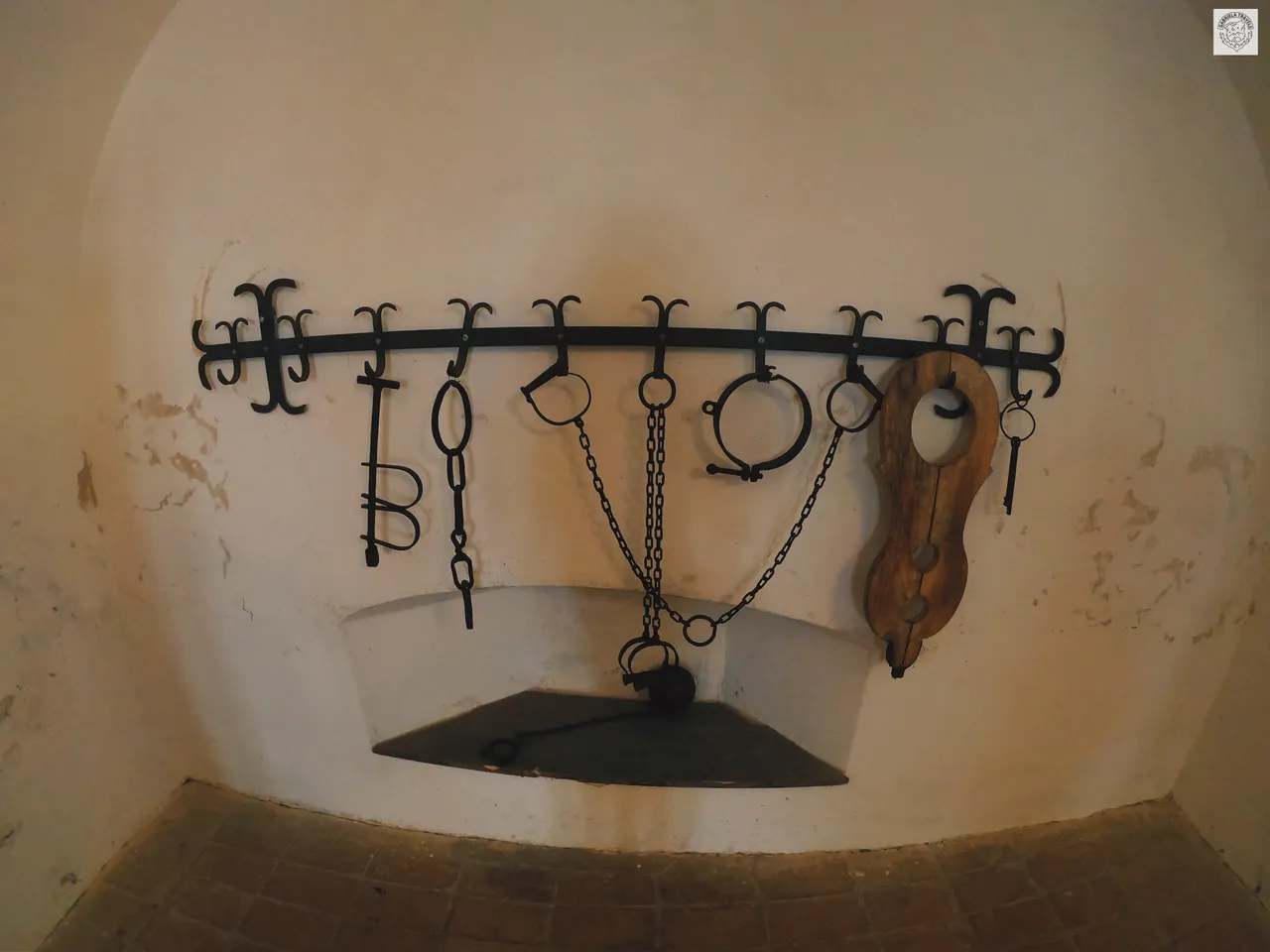 |
|---|
Even though at first most of the cells were created with the main purpose of becoming cellarage, later on, after many other invasions that occurred and there were more and more people revolting against the rules, these were transformed into real dungeons and torture chambers for the serfs.
During our exploration we've seen thousands of unique pieces, each one of them with its story and interesting part, but one of the most controversial pieces is Mecanismul Fecioara de Fier, also known as The Iron Maiden which is by far one of the cruellest methods of torturing a person.
This one was used during the Middle Ages and it's basically a cage made entirely from iron which was hiding inside a system of more knives.
It was firstly used in 1515 and hundreds of people found their death inside of the horrible mechanism which once they were locked in, right in front of them was a small icon of Mary, the mother of Jesus, which was touching their faces.
Not too long after this moment, tens of knives were stabbing the body of the victim in more places, such as the legs, arms, chest, and even in the eyes, but not deep enough because the main purpose was to make the convicted person die in torment, instead of having a fast death.
Many legends are attesting the fact that the mechanism was also used during the communism and some people needed even 2 days until they were dying, the reason being the lose of the entire blood from their bodies.
Howhever, the cruelty was not ending here, because after the victim was declared dead, the sunroof of the mechanism was getting opened and the body was falling from a height of around 8 meters into a few more hundreds of knives which were chopping him into countless small parts.
Right under the bridge that crosses the Olt River which is surrounding the fortress, was a secret channel where all the blood of the victims was spilling out.
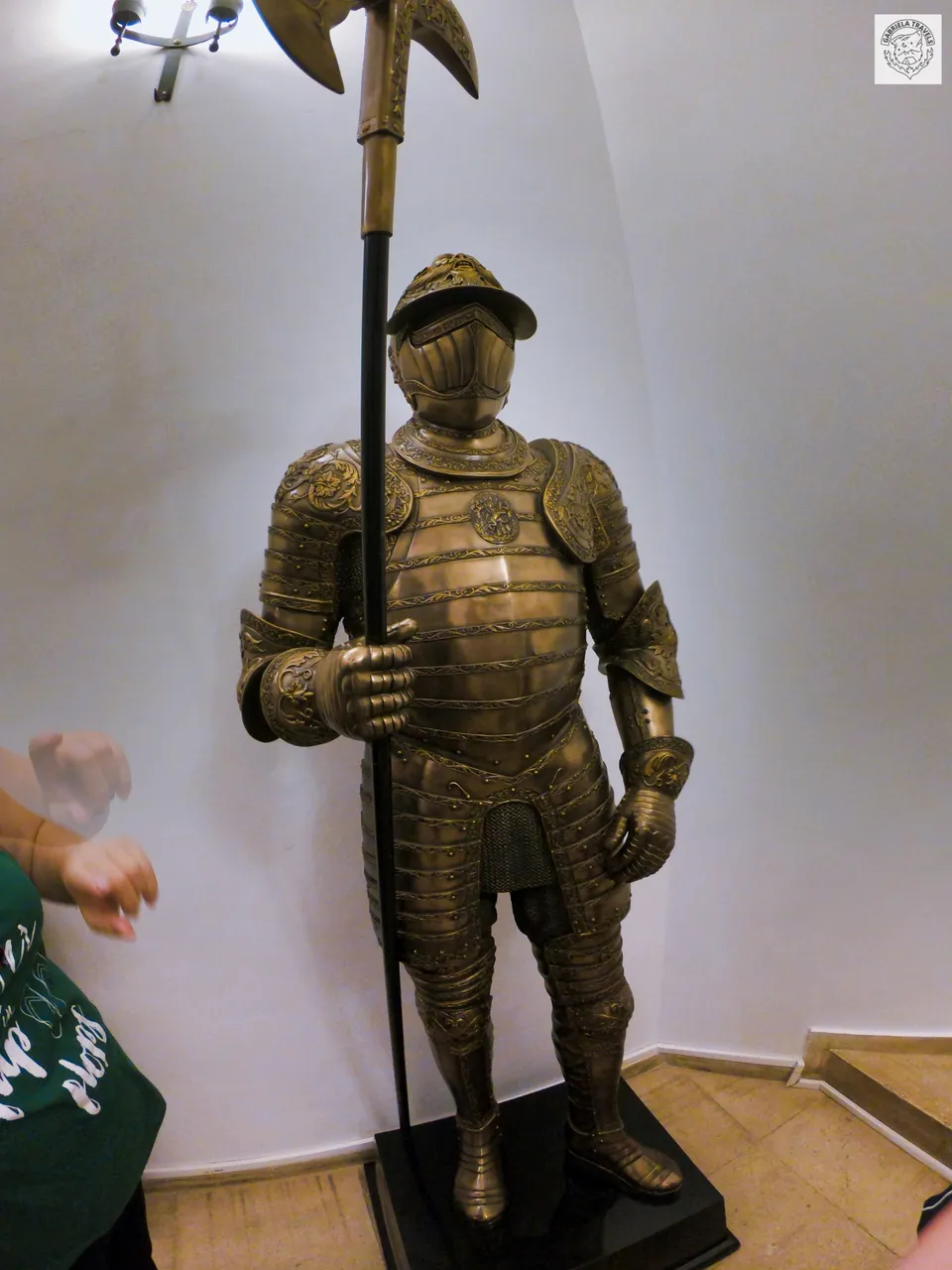 |  | 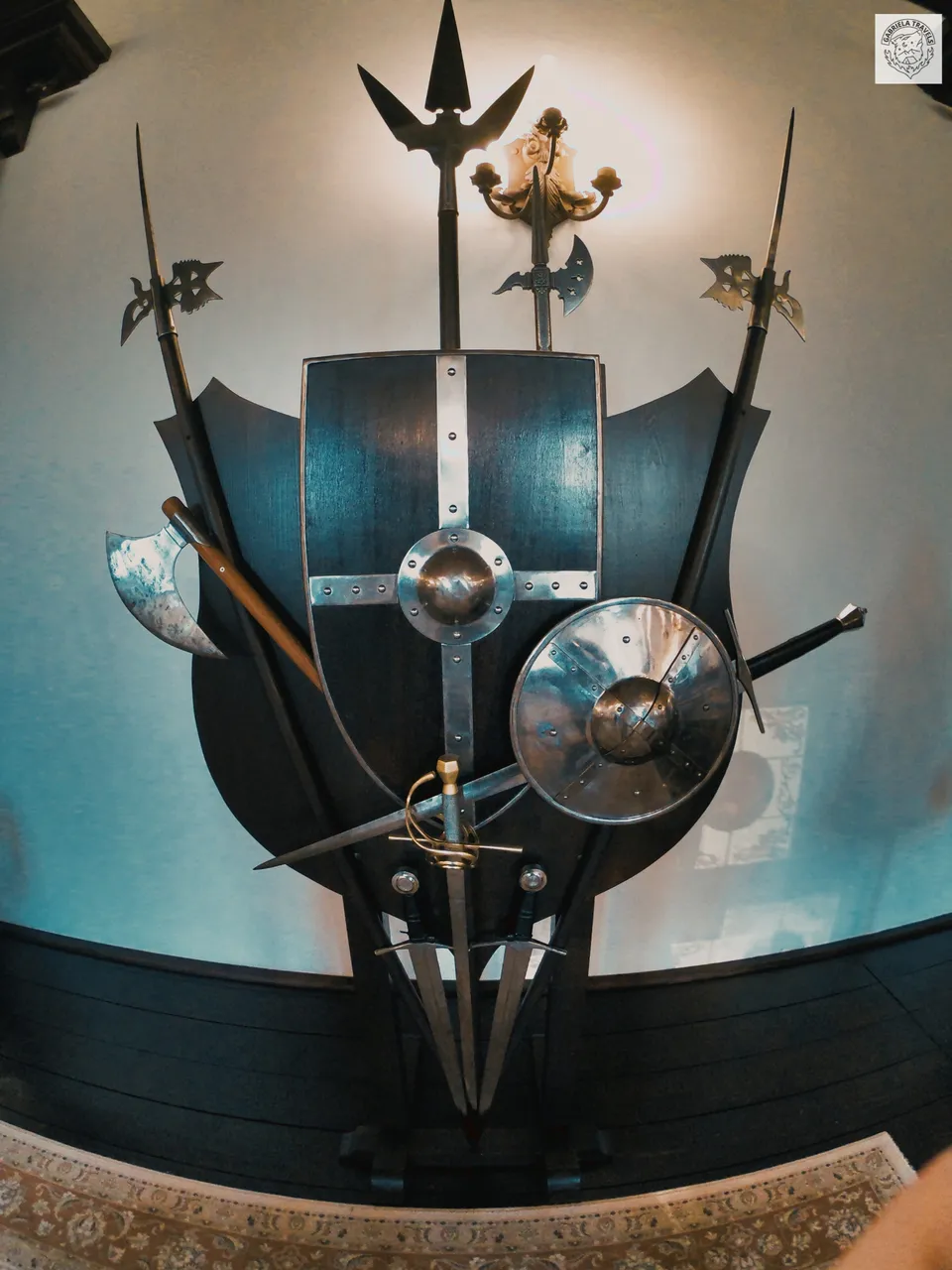 |
|---|
This is how most of the locals were finding out when another person was sacrificed because the colour of the river was turning red for a while.
Even though the fortress hides a lot of painful stories and served for more years as a military prison, in 1657 the fortification represented the first school from the Middle Ages where the Romanian language was taught.
Nevertheless, the good parts of Făgăraș Citadel are not ending here, while back in 1721 this one became the main office for the Romanian Episcopate United with Rome (Greek Catholic), the residence of the bishop being right into one of the south towers of it.
However, as cruel as the laws seemed to be against some people, as much was respected the identity of the women which during the parade they wanted to stay away from the attention of the others.
This is how, a very rare piece of the Roman Parade Mask can be found inside of the fortress, which is very hard to be found especially in the south-east side of Europe, that depicts a woman's face made out of bronze.
More adjustments were brought around the eyes, nose, and lips, so it can be easily worn by the female and after more detailed analysis it was concluded that the mask dates since the 2nd and 3rd centuries after Christ.
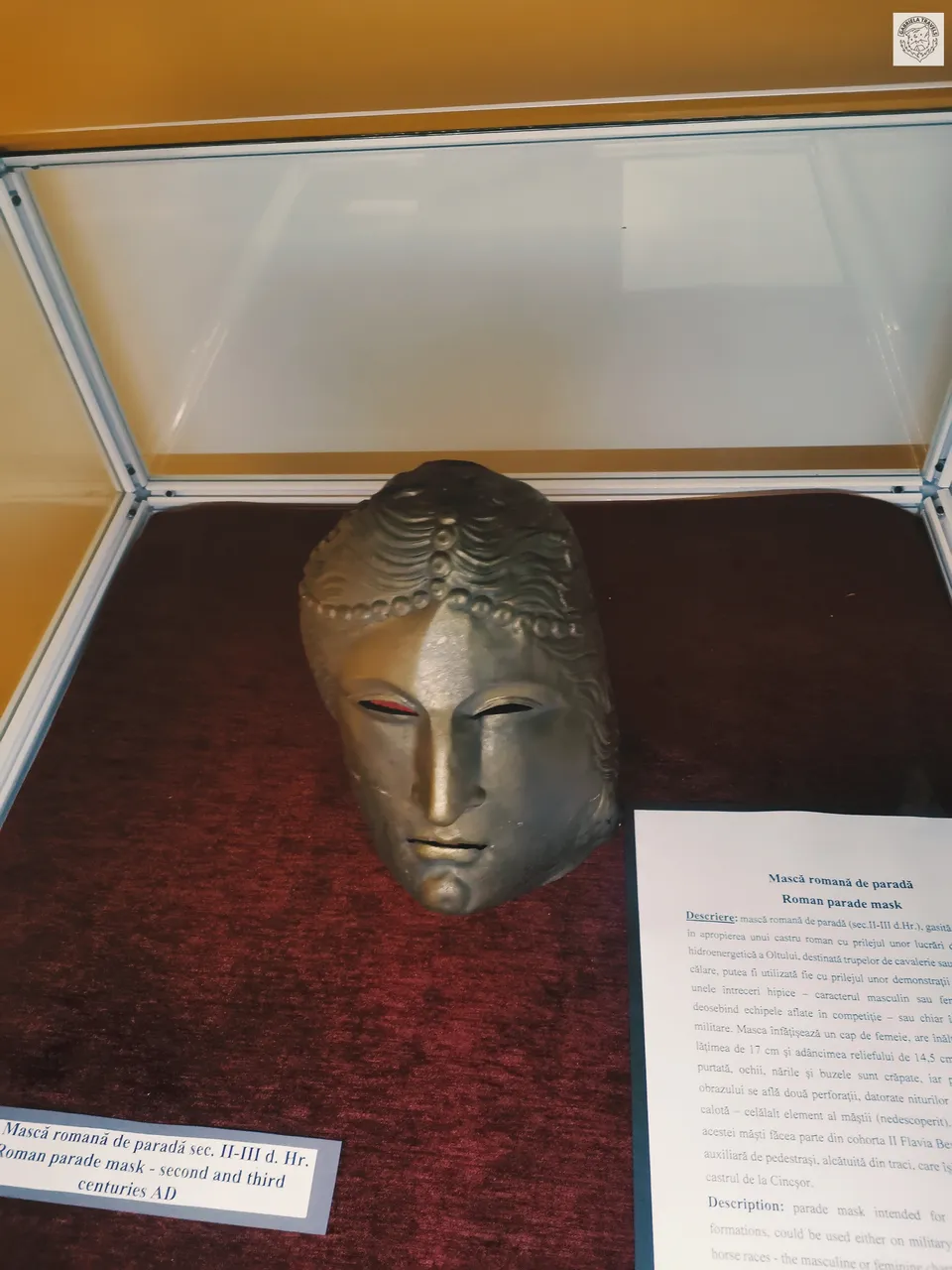 |  |
|---|
More or less, there were declared around 5,000 people who were detained inside of the Făgăraș Citadel, from which a large number of deaths was caused by the cold, hunger and lack of any form of medical care for the inmates.
But after the restoration work that was carried out between 1965-1977, the citadel turned out into an important historical monument which currently serves as a museum that shelters lots of legends, stories, but also various artifacts that will catch anyone's attention.
 | 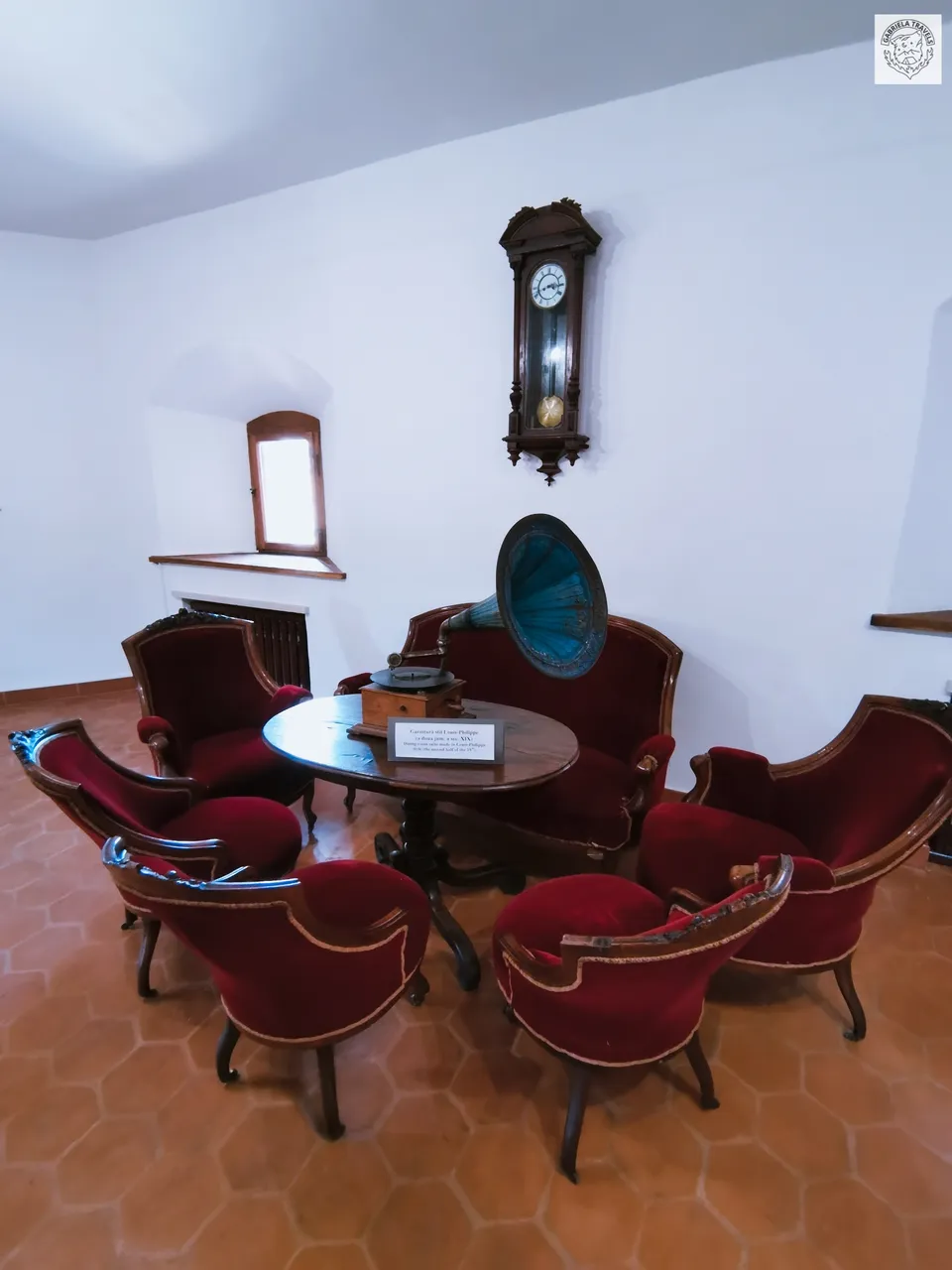 | 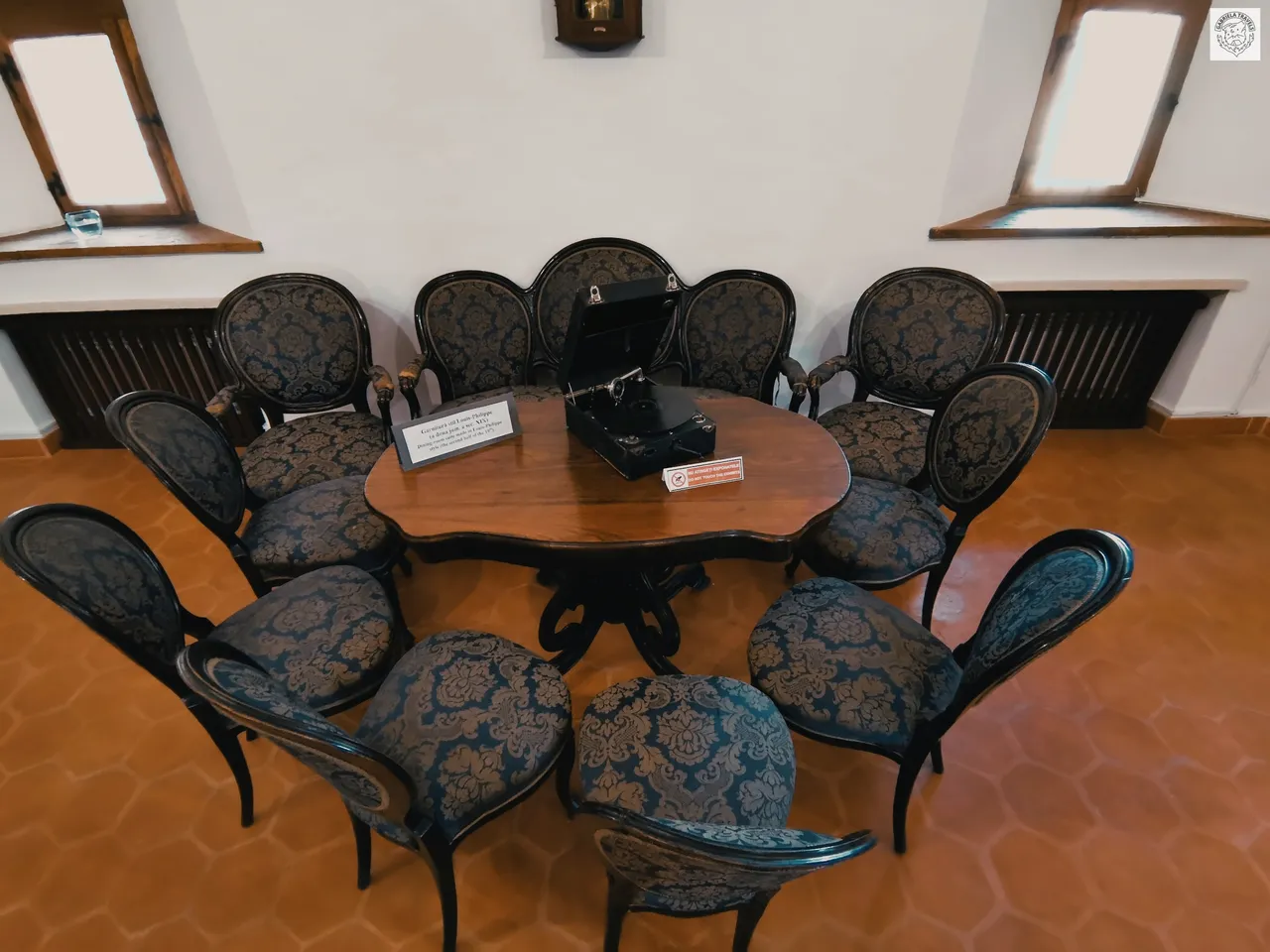 |
|---|
For us, visiting Făgăraș Citadel was not just one of the best things we could enjoy on a random day after the lockdown, but it also turned into a mix of emotions, while jumping from the discovery of the torture methods to the rooms where some of the most important princes lived, from staying just a few cm away from the weapons that were covered in blood many years ago, to the traditional clothes worn back then, from the last words written by many prisoners for their kids and wives, to the very rare items that are dating since the beginnings of the world, and so on.
That's how, after our trip back there, we weren't surprised anymore after we found out that Făgăraș Citadel is not just one of the most important historical monuments from Romania, but it also plays one of the major roles on this domain, in the whole Europe, being considered one of the biggest citadels too.
 | 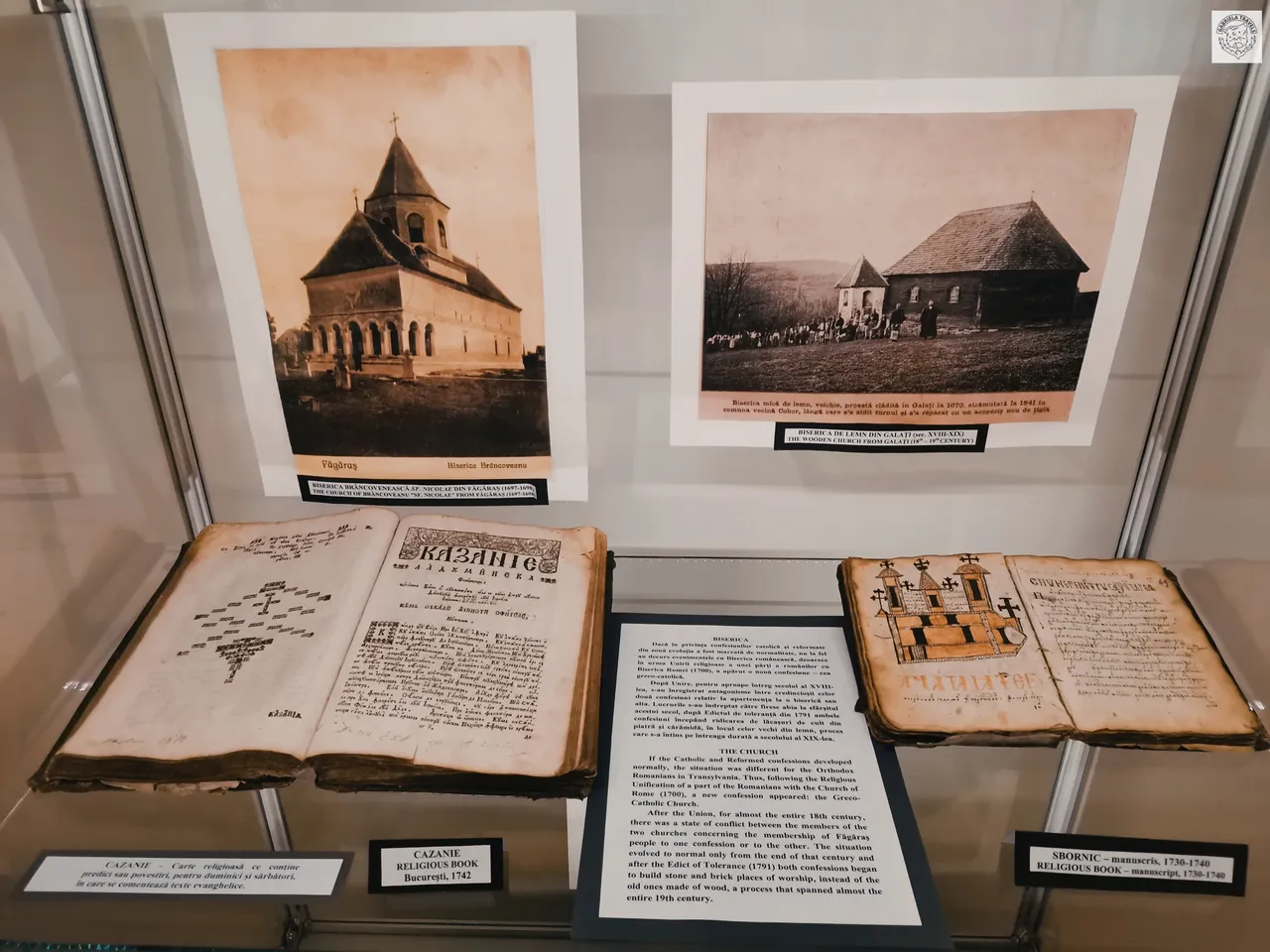 | 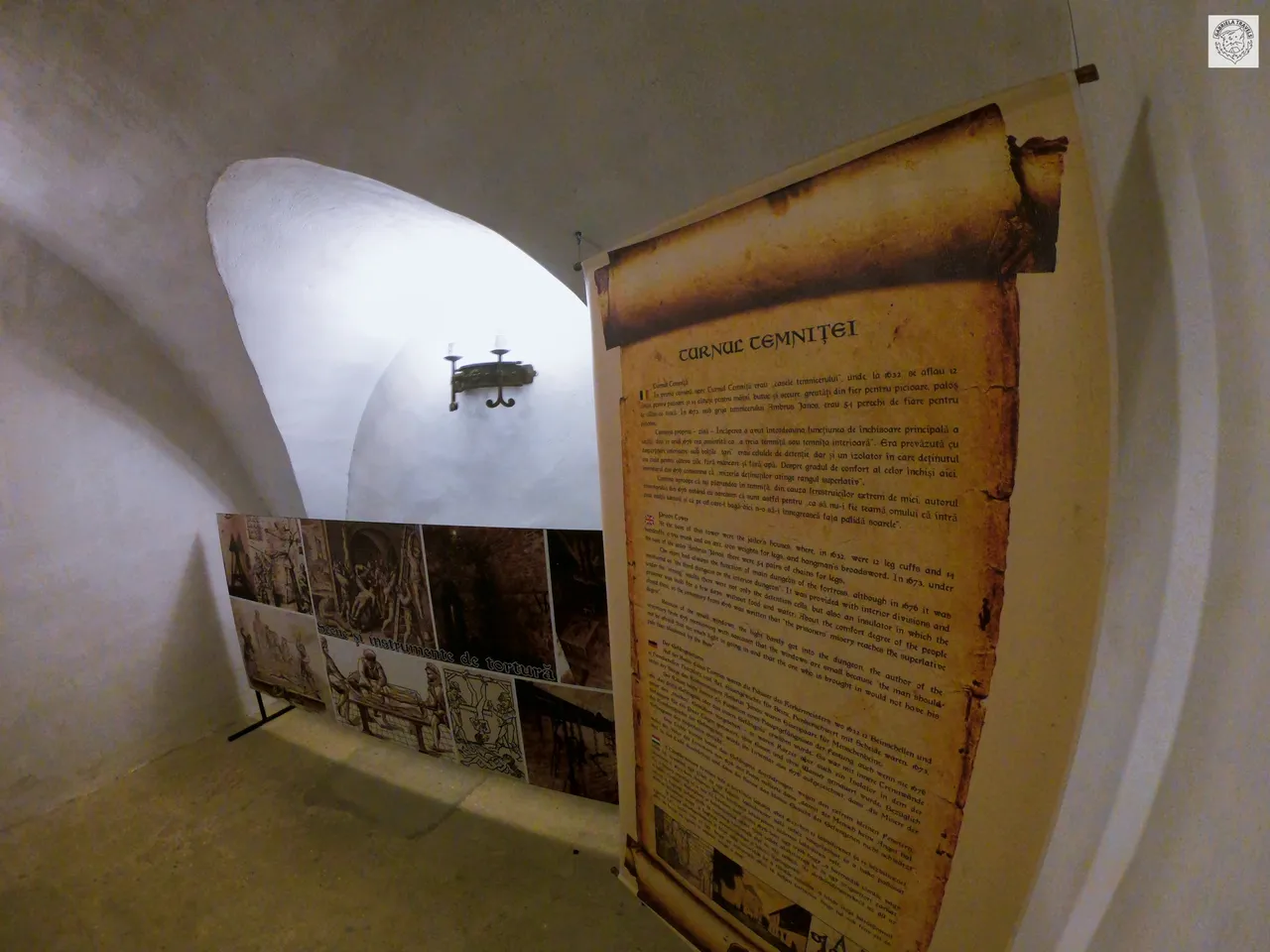 |
|---|
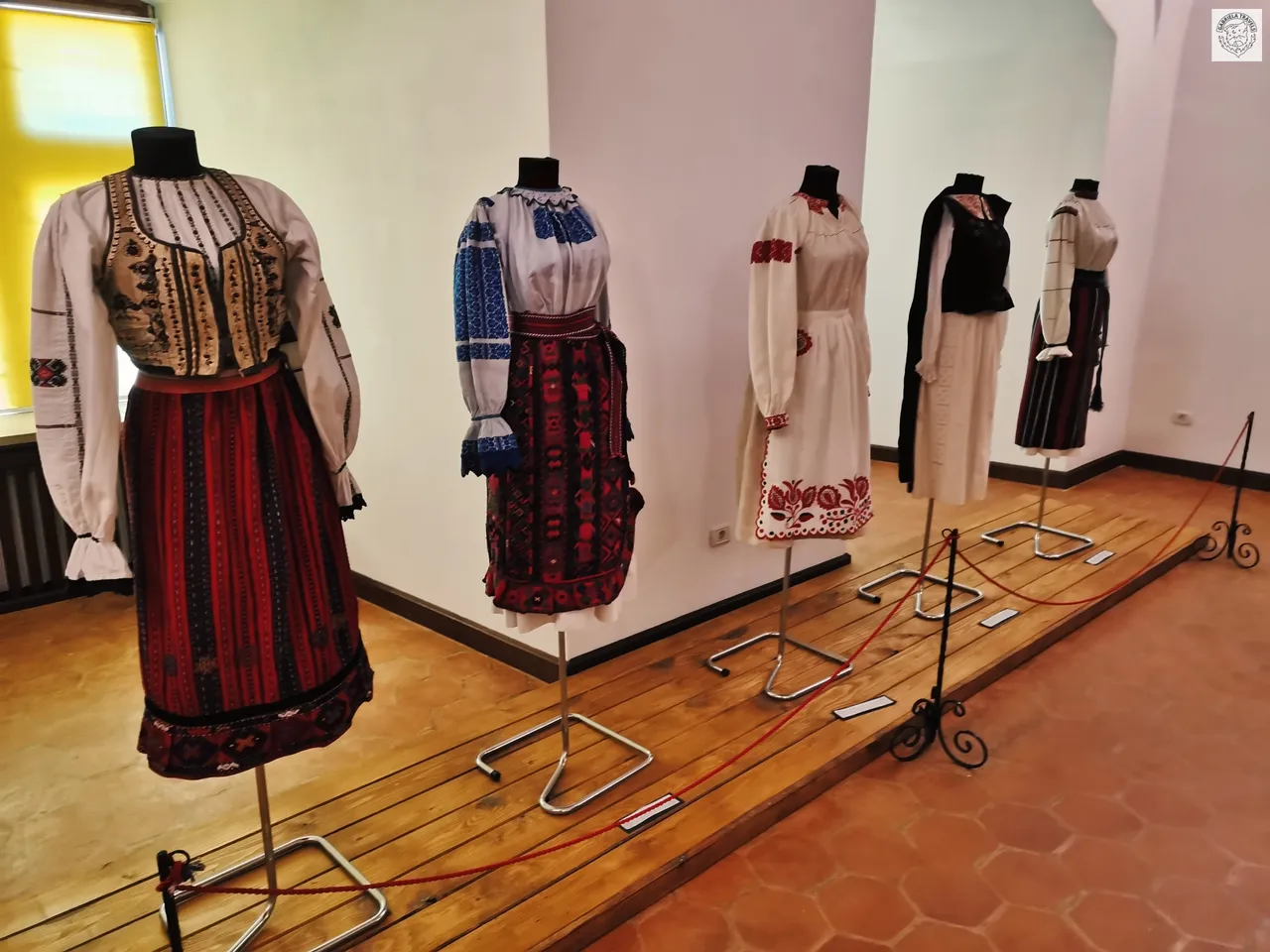 |  | 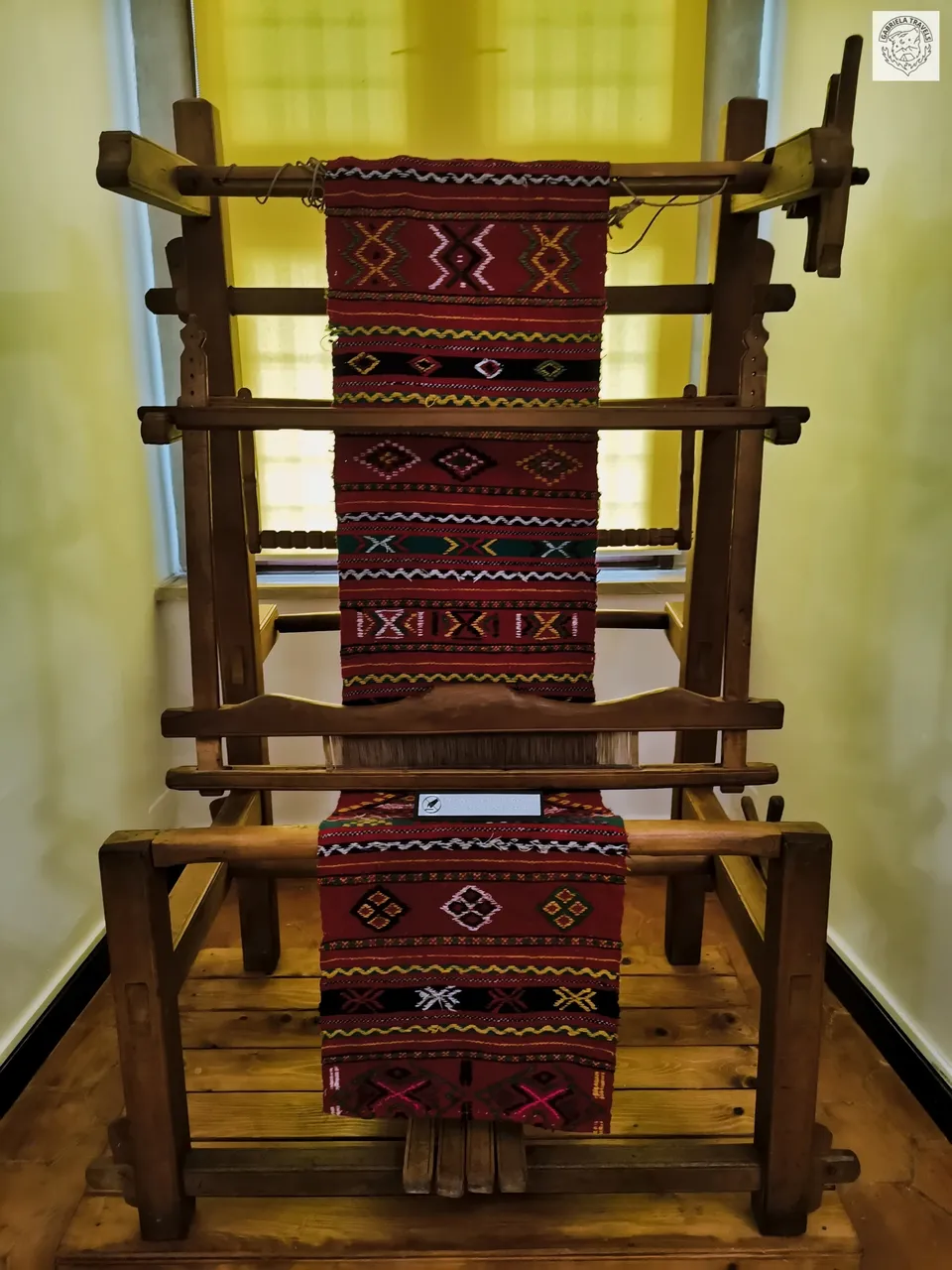 |  |
|---|
Despite the fact that the citadel is often compared with the Bran Castle, the fortress doesn't enjoy the same number of tourists which lately has increased drastically due to the promotion made by the well-known website of tourism Hopper that called Făgăraș Citadel one of the most beautiful ruins from the world.
However, along with the 85 rooms of the fortress that can be visited by the tourists and over 20,000 unique pieces located inside of these, people can get a closer feeling about how the soldiers were protecting the citadel a while ago, because every Saturday and Sunday, a group of 10 watchmen are patrolling the surroundings.
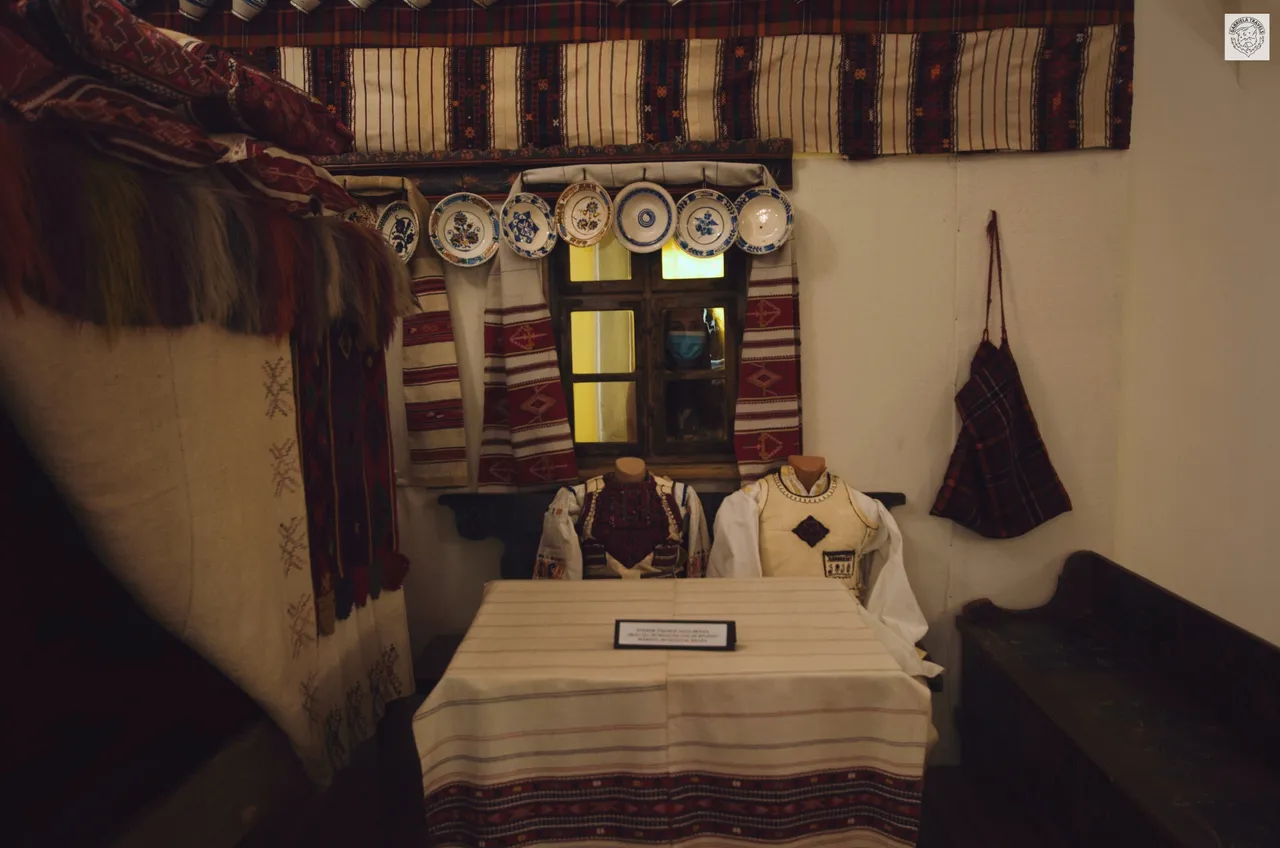 | 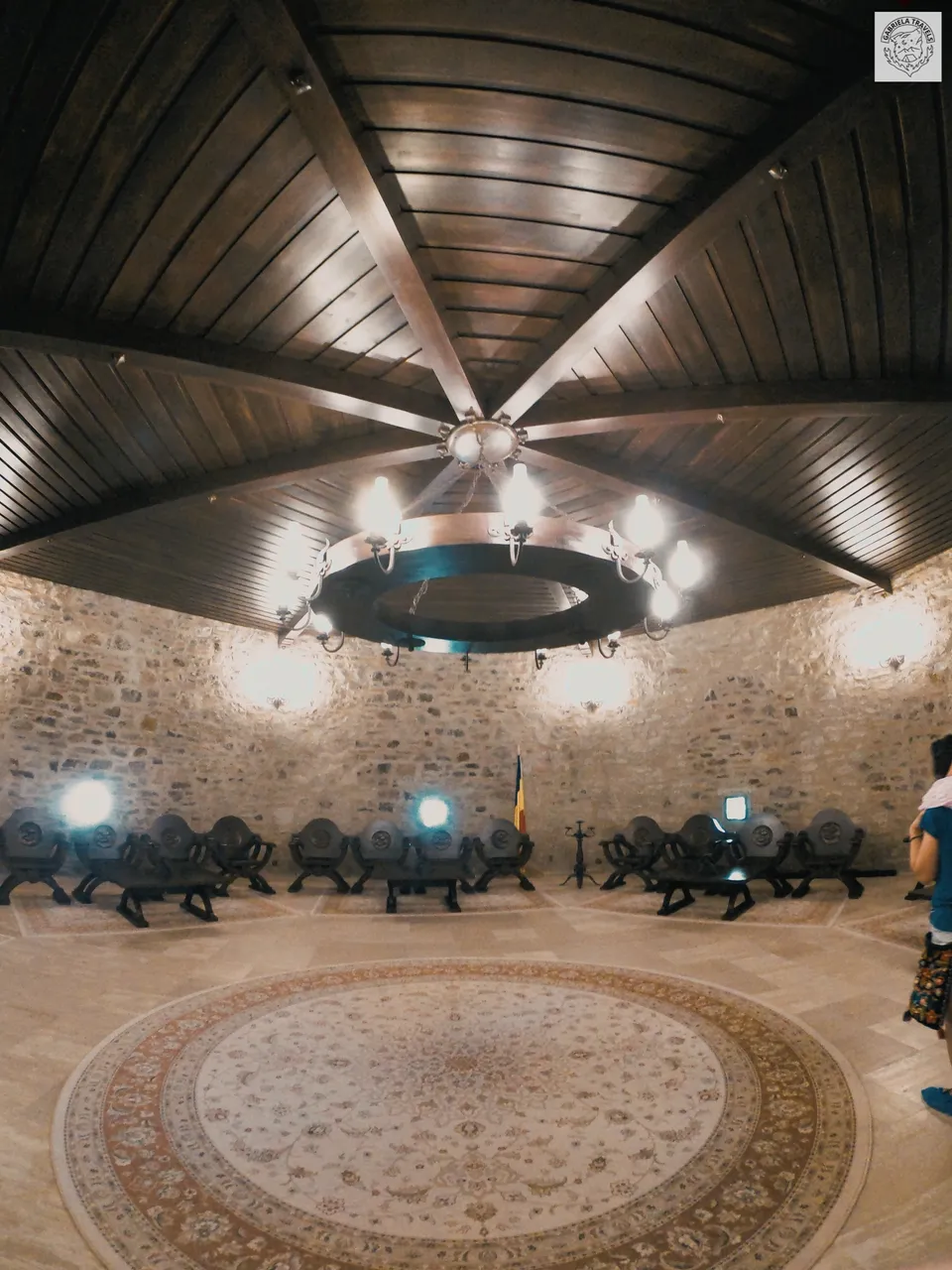 | 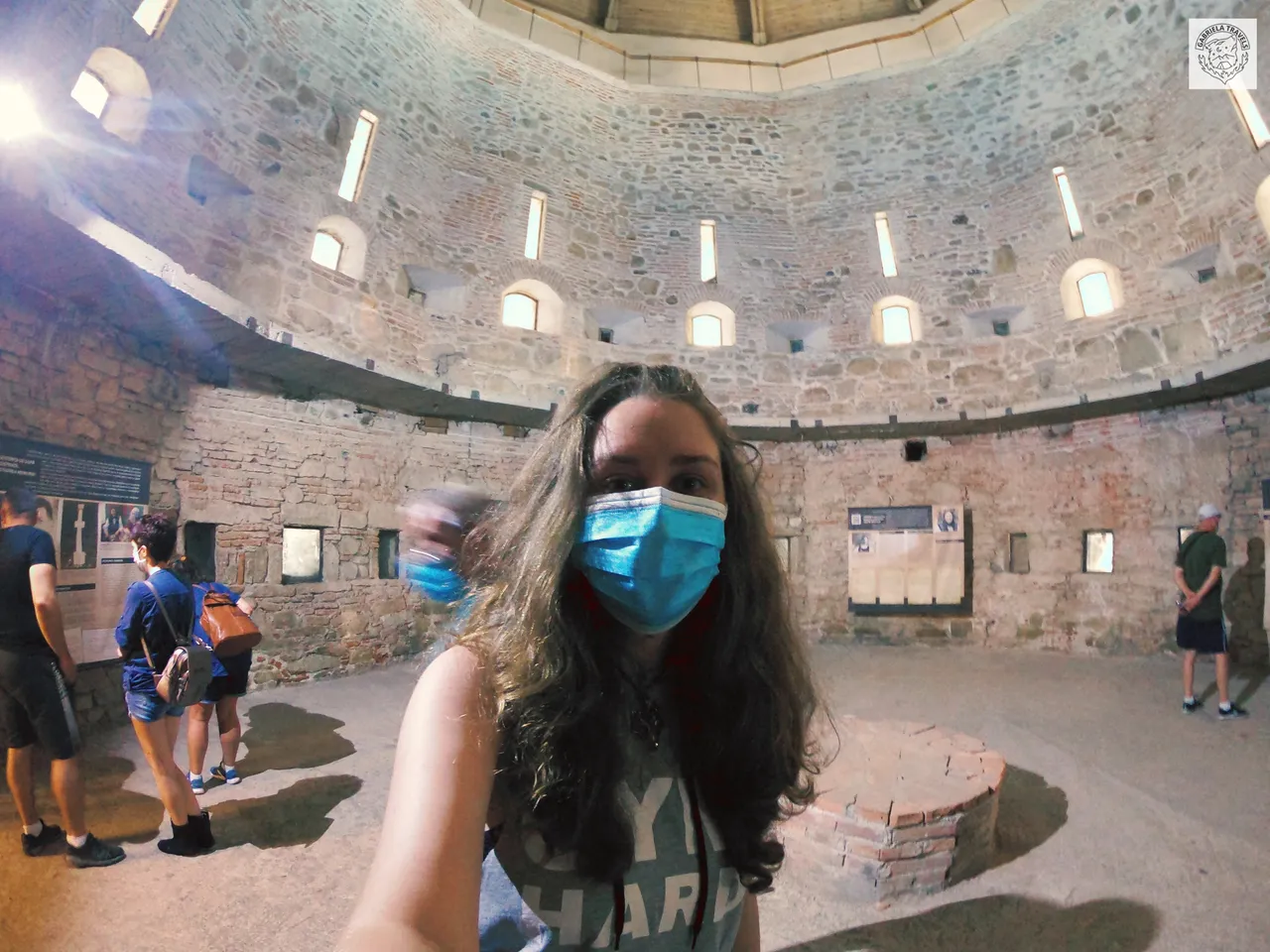 |
|---|
Personally, a big bonus for the whole journey, I consider being the way the whole surface and every room was arranged so there won't gather too many people in the same place and assume any risks during this crazy period.
It's literally impossible to cross through the same place twice because there are lots of people guiding you what direction to follow, as well as various decorations showing you the way, plus the protection equipment which is required to be changed once in a while, without needing to pay anything for it.
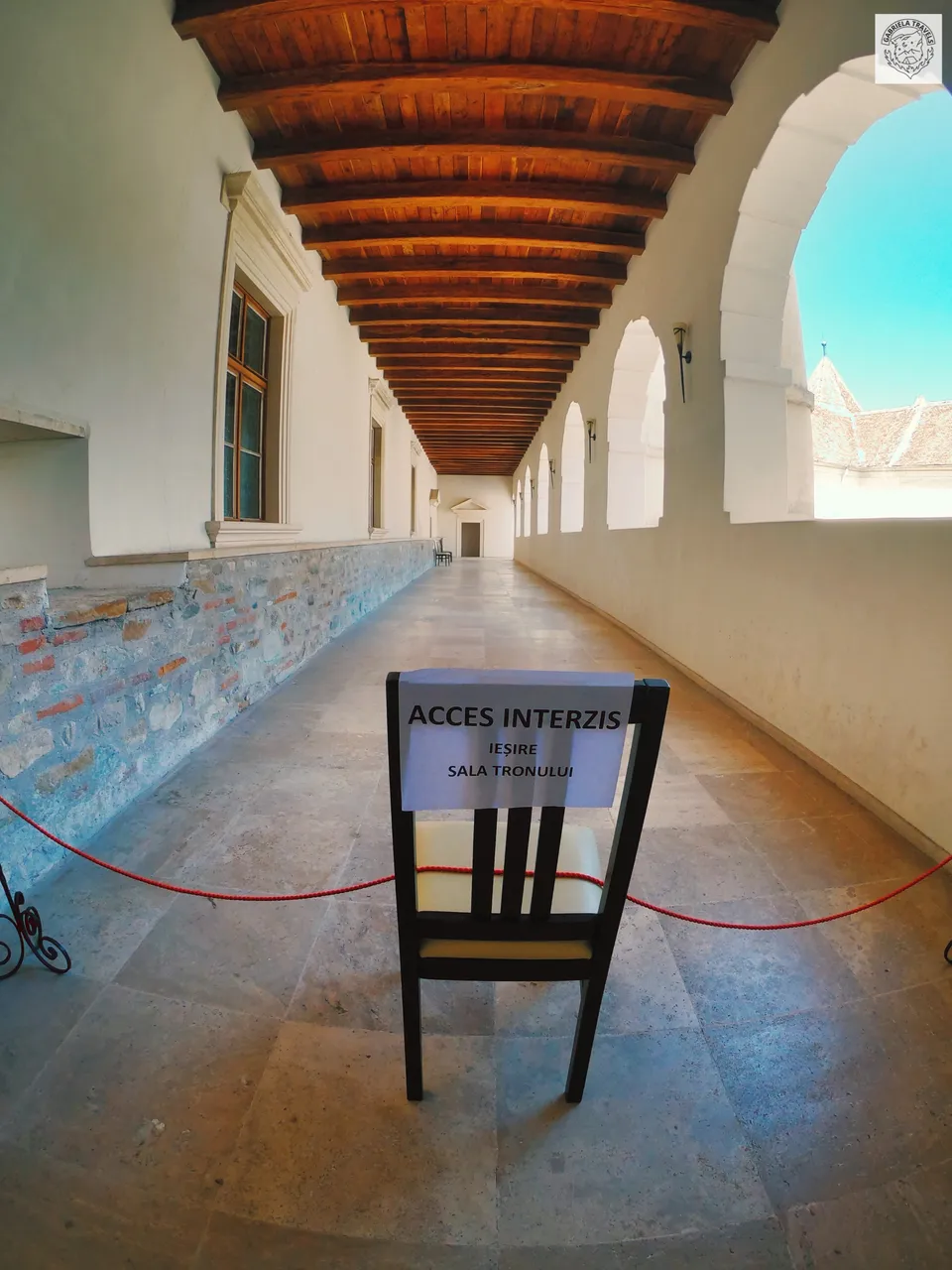 |  |
|---|
That, and a few more things, convinced me that the hope of seeing sightseeing attractions be protected by professionals is not entirely lost, even though many historical monuments and pieces of a high interest are finding their end into the hands of those which are looking just after money without bringing any investment to make something last forever.
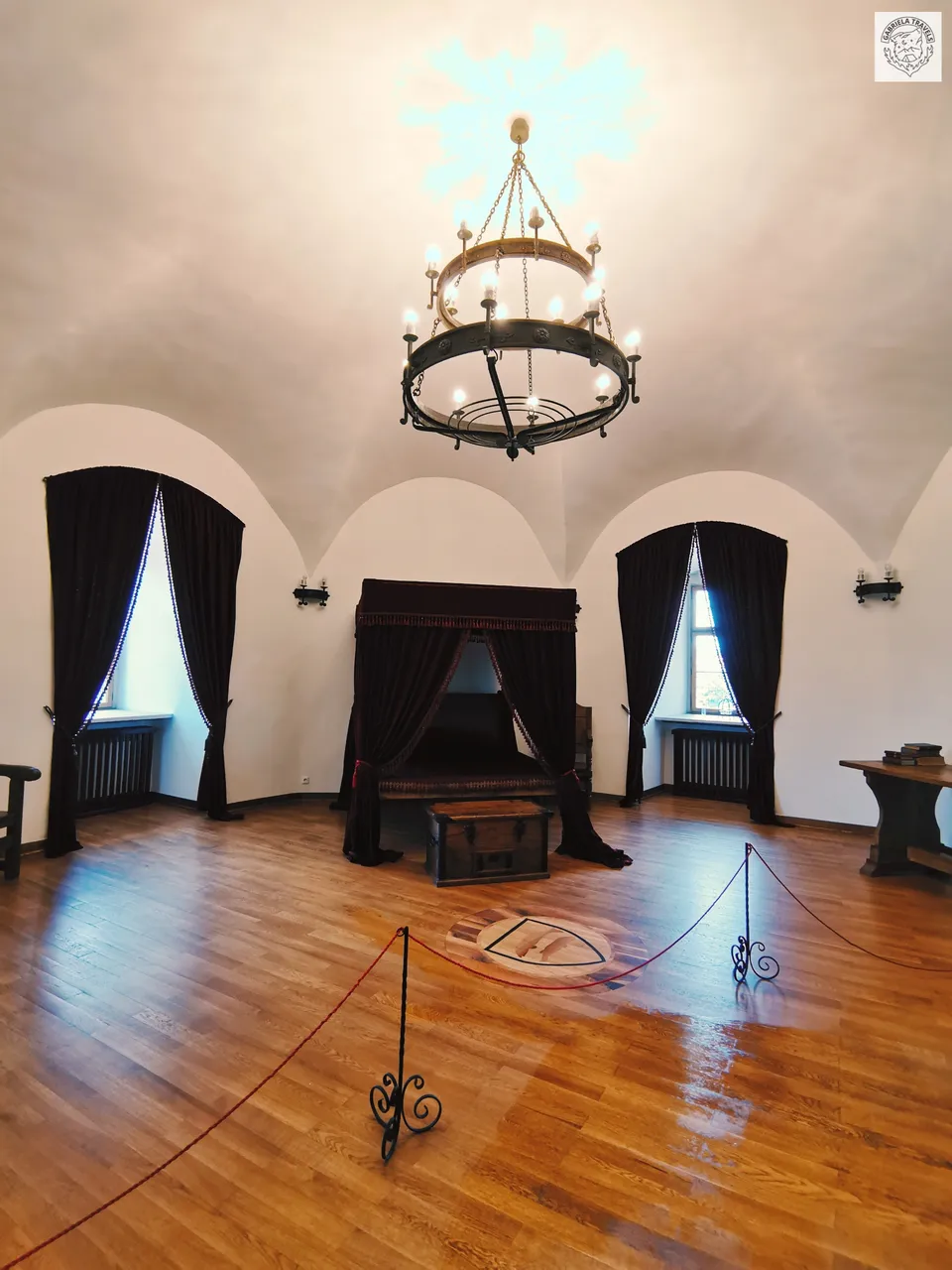 | 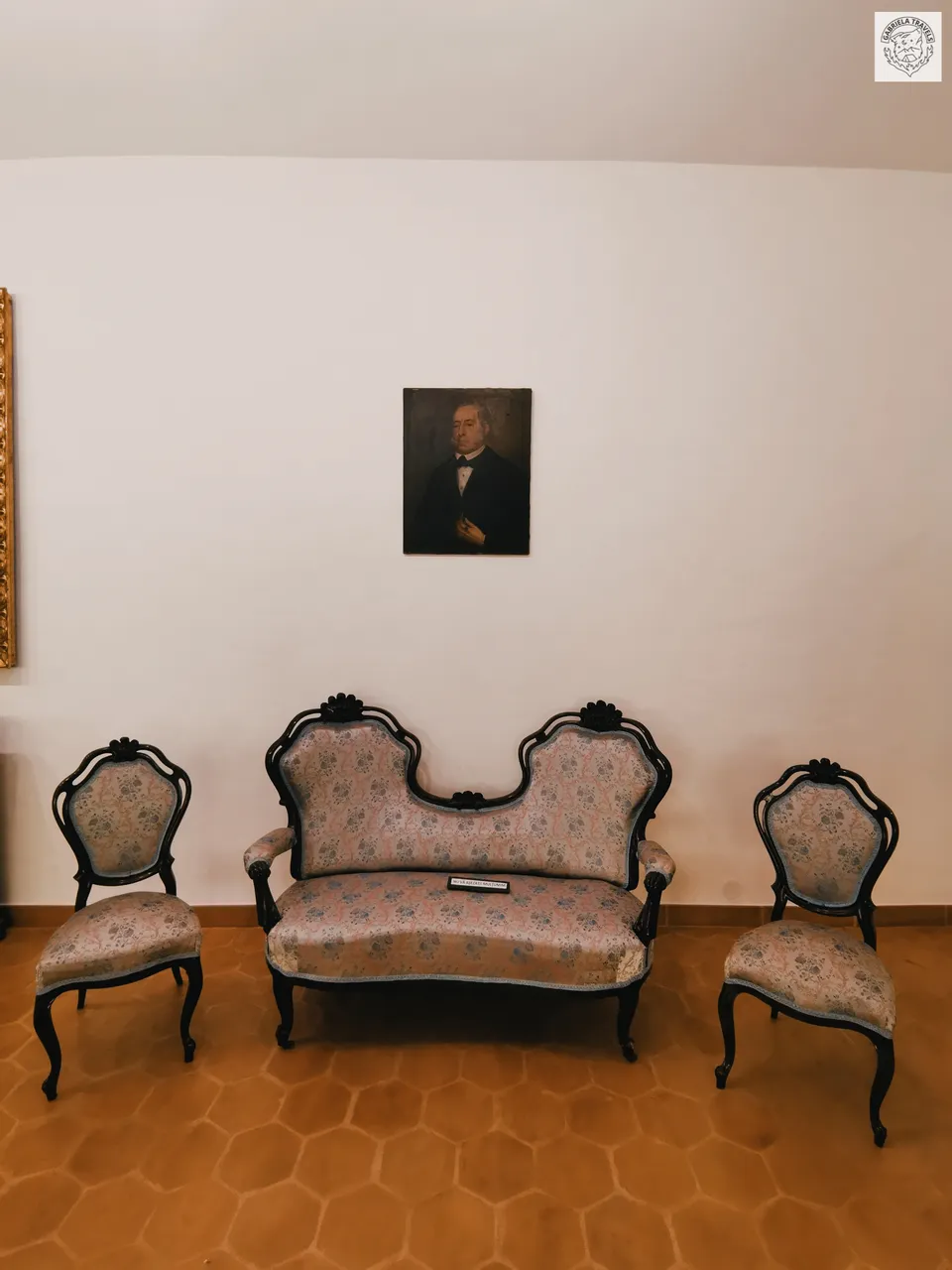 | 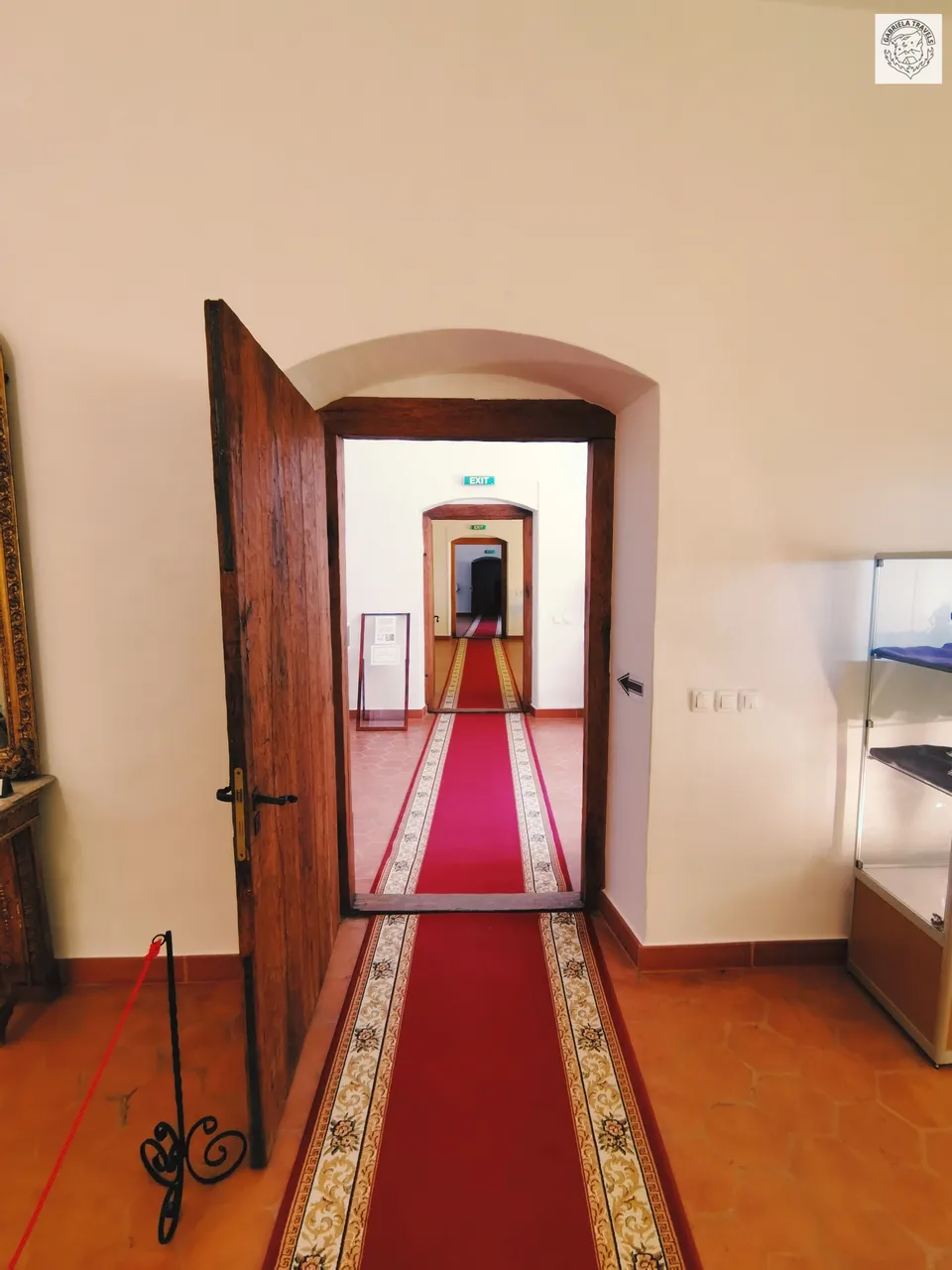 |
|---|
Schedule of visiting:
1. Spring Schedule [1st April – 31st May]:
- Monday: closed ;
- Tuesday - Friday: 8 AM - 6 PM ;
- Saturday - Sunday: 10 AM - 6 PM .
2. Summer Schedule [1st June – 14th September]:
- Monday: closed ;
- Tuesday - Friday: 8 AM - 8 PM ;
- Saturday - Sunday: 10 AM - 6 PM .
3. Autumn Schedule [15th September – 30st September]:
- Monday: closed ;
- Tuesday - Friday: 8 AM - 5 PM ;
- Saturday - Sunday: 10 AM - 6 PM .
4. Winter Schedule [1st October – 31st March]:
- Monday: closed ;
- Tuesday - Friday: 8 AM - 5 PM ;
- Saturday - Sunday: 9 AM - 5 PM .
 | 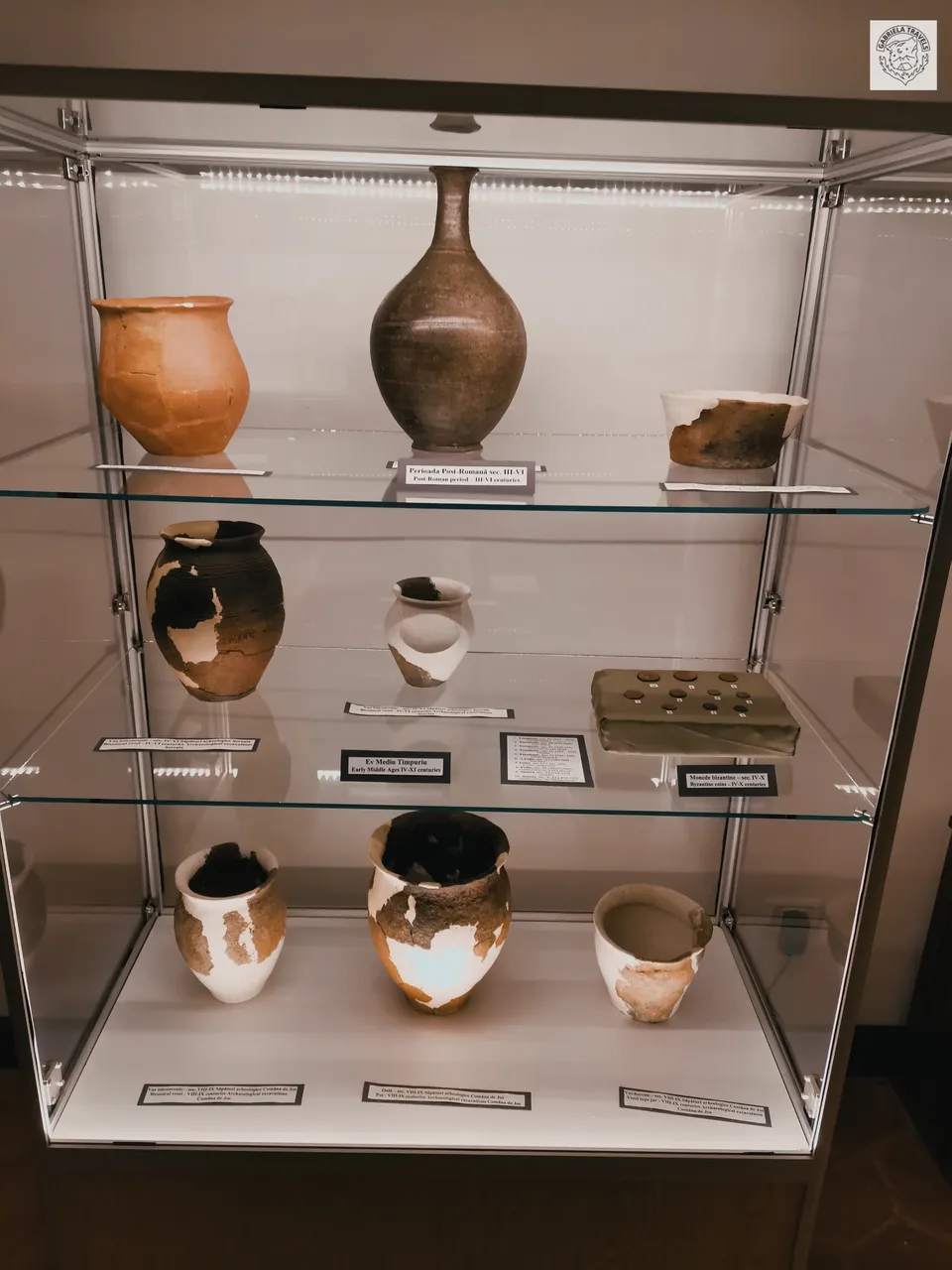 | 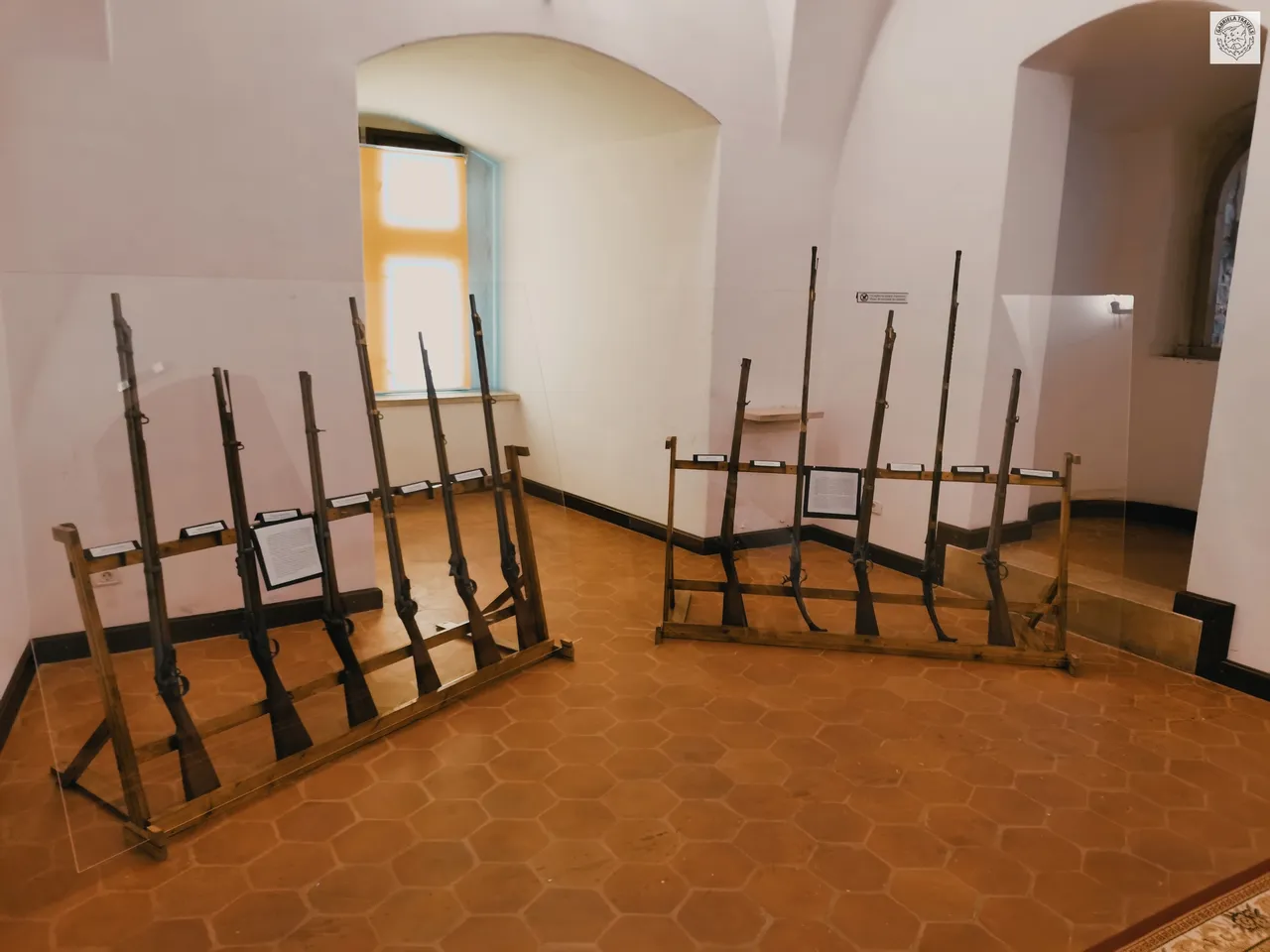 |
|---|
Taxes for visiting:
- Adult Ticket: 20 RON / 4.10 EUR ;
- Student/Retired Ticket: 10 RON / 2.05 EUR ;
- Kid Ticket (under 7 years old) and people with disabilities: FREE access .
Even though the fortress represents a pretty populated location with tourists any time of the year, there are no taxes for either taking pictures or videos, as long as you keep them for yourself and don't use them for commercial purposes. There is also free Wi-Fi that you can enjoy during your whole time spent exploring the Făgăraș Citadel.
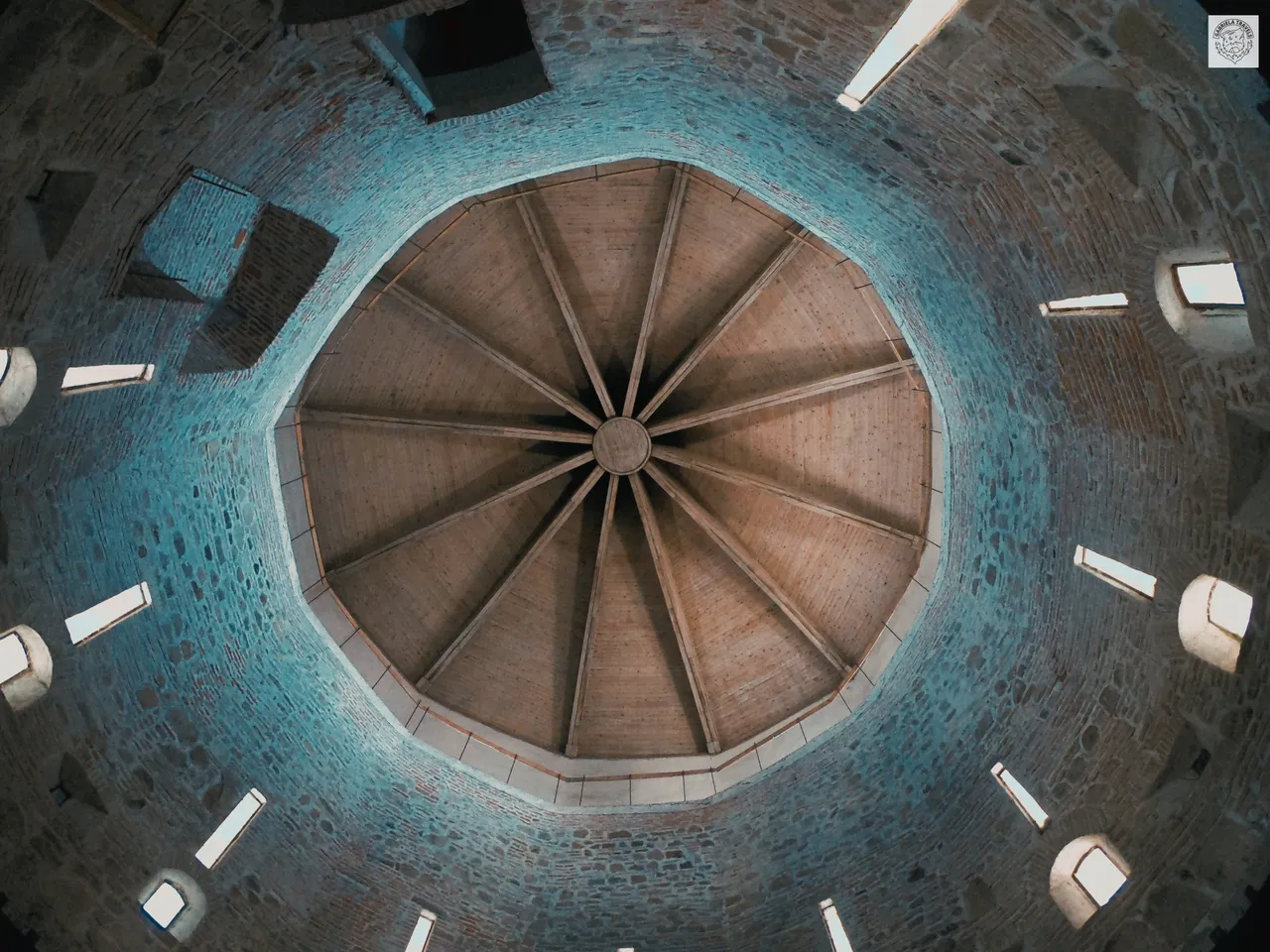 | 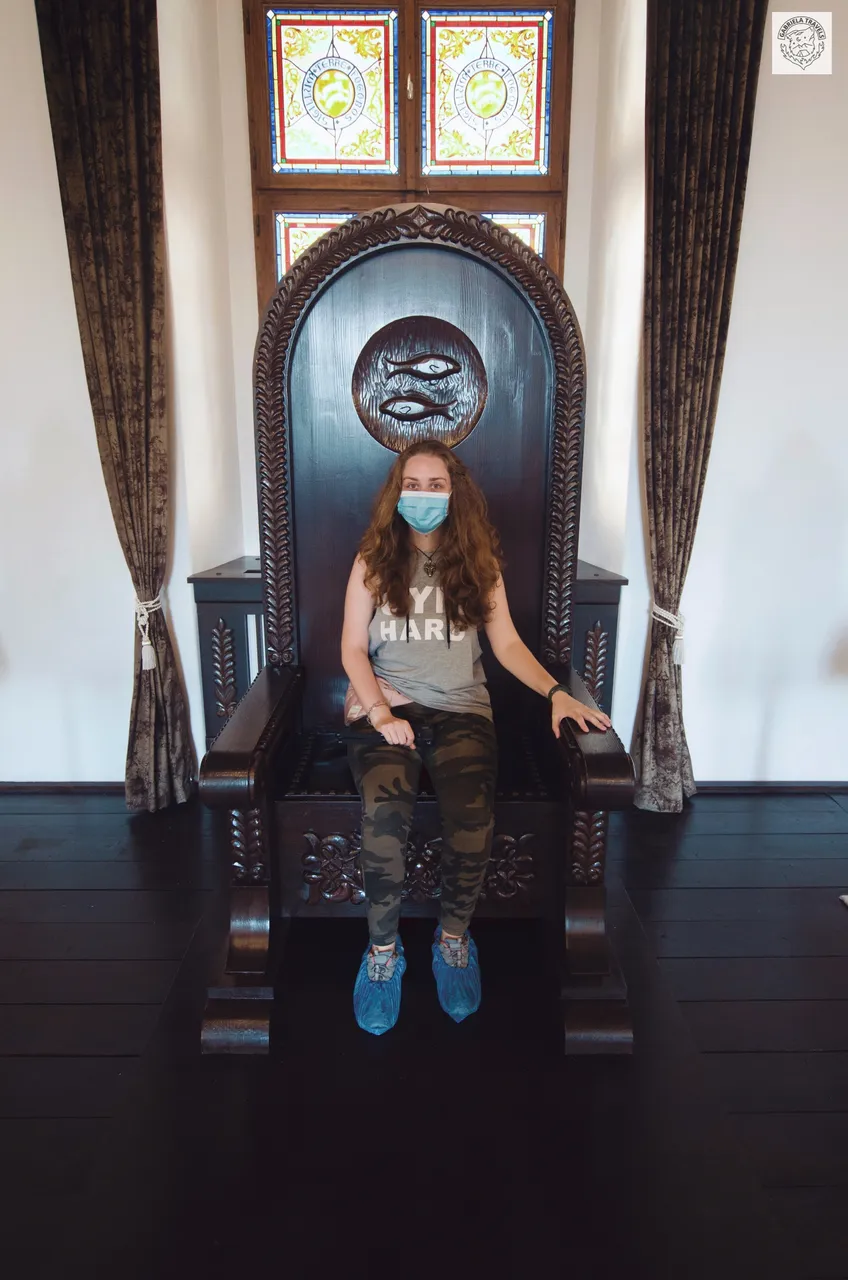 | 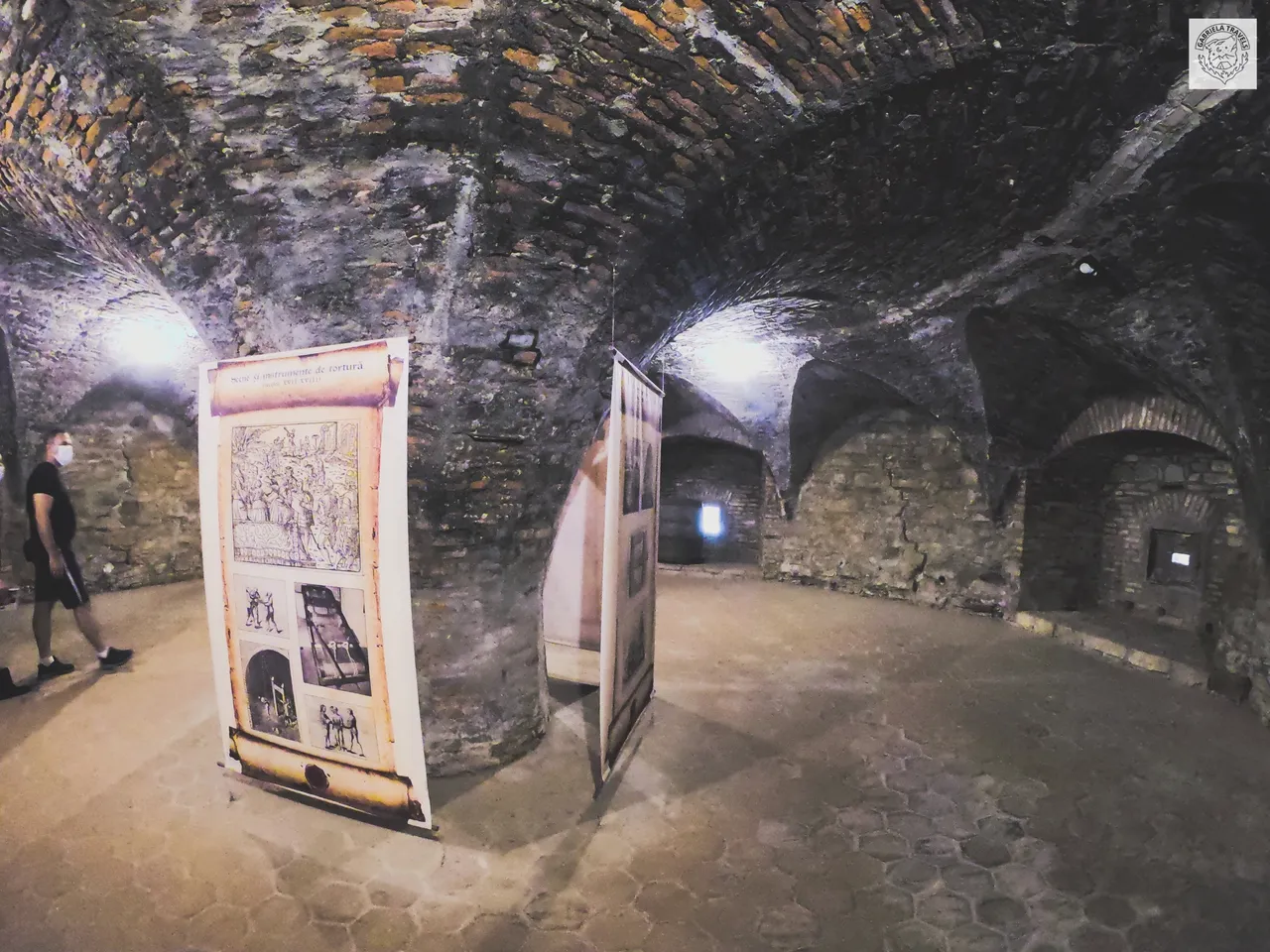 |
|---|
Făgăraș Citadel is located 92 km away from Sibiu and 66 km away from Brasov, on the national road DN1 and the access to the fortress is being made via Mihai Viteazu nr.1 Street from Fagaras city. As soon as you notice a big monastery with golden towers, you'll have to cross the next roundabout and follow all the way to the left which will take you into a parking lot where you can leave the car.

SEE YOU IN THE NEXT TRIP! 🗾



FIND ME ON:
↪ Blog: http://gabrielastravels.wordpress.com/
↪ Fiverr: https://www.fiverr.com/gabrielatv/
↪ Discord: GabrielaTravels#0104
↪ Facebook: https://www.facebook.com/gabrielaistraveling/
↪ YouTube: https://www.youtube.com/gabiivdesign
↪ Instagram: https://www.instagram.com/GabrielaTravels/
↪ Twitter: https://twitter.com/GabrielaTravels
↪ Patreon: https://www.patreon.com/GabrielaTravels




